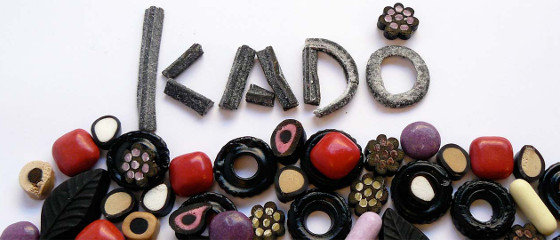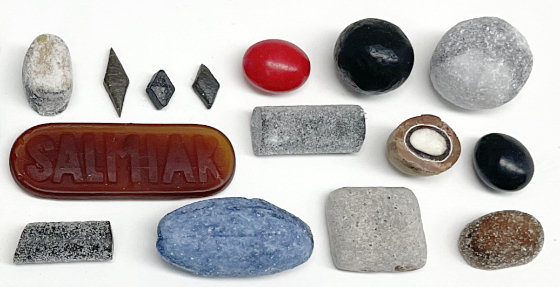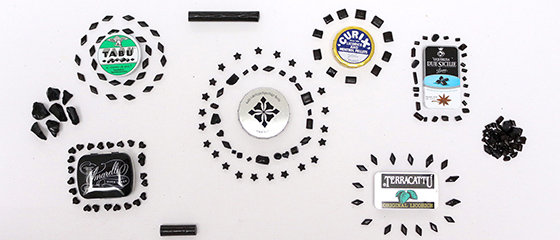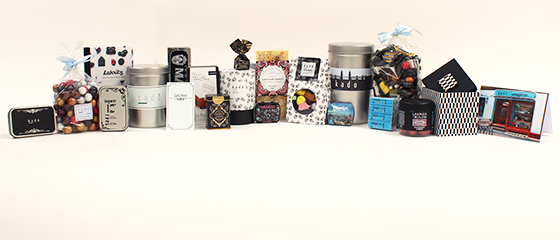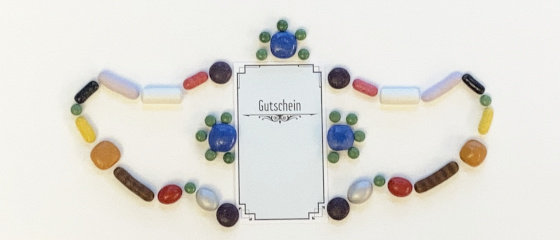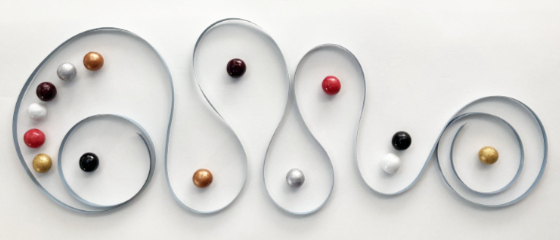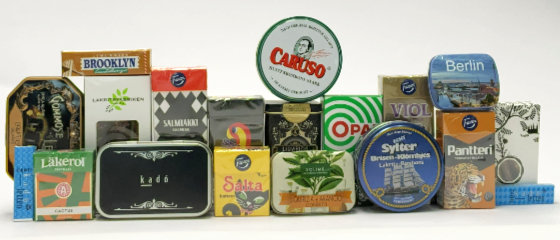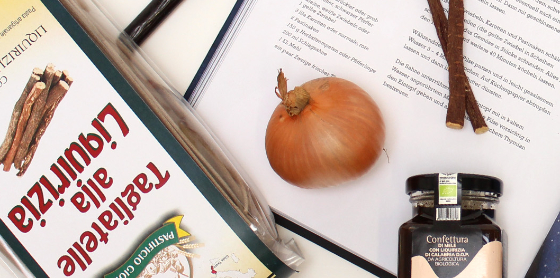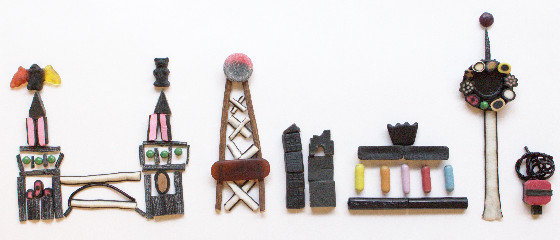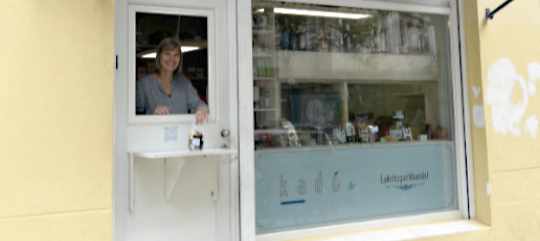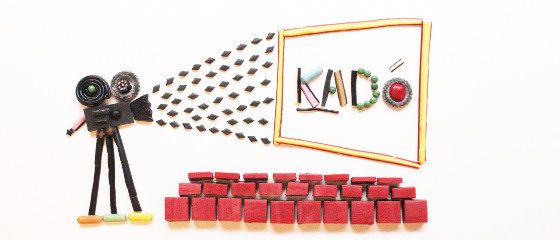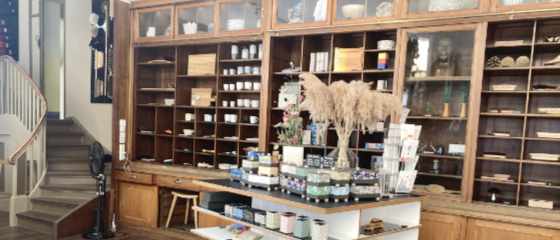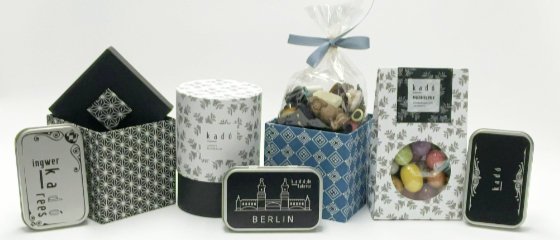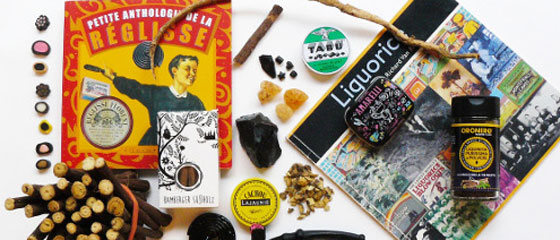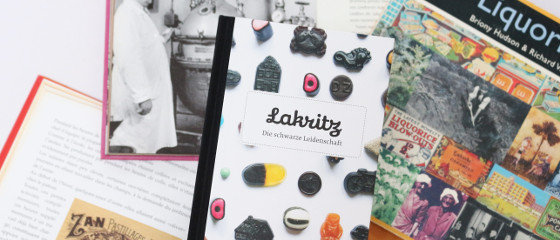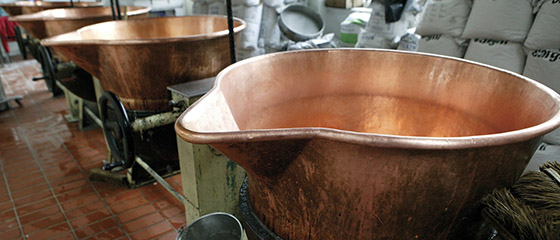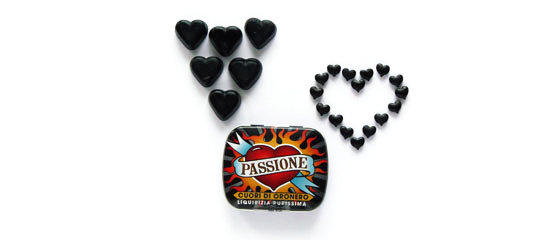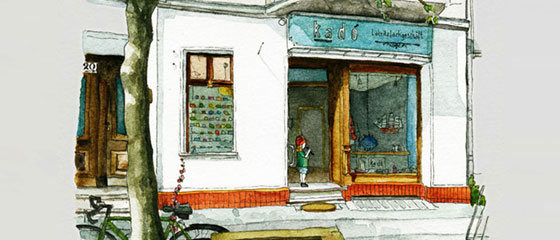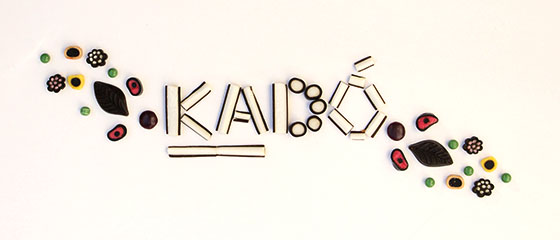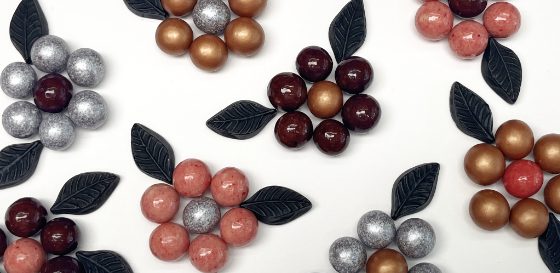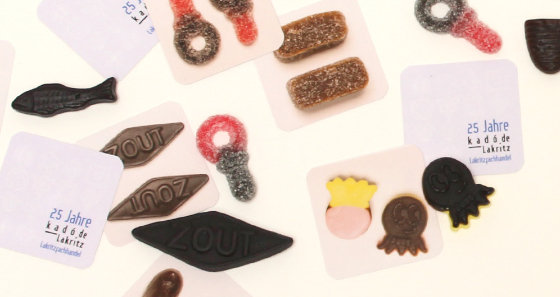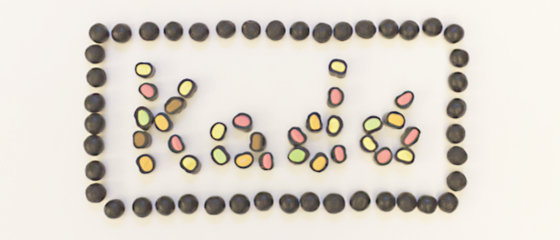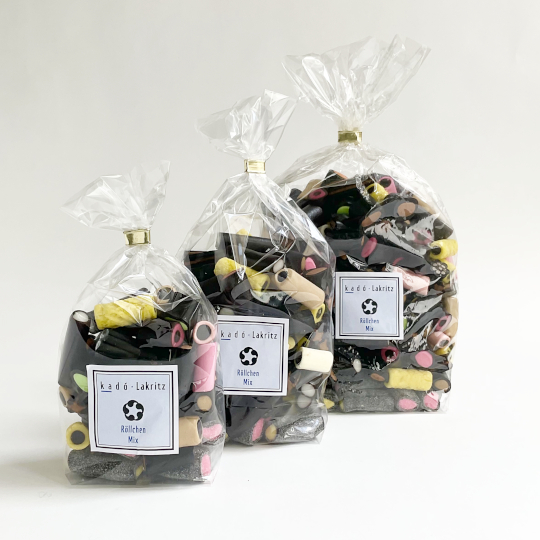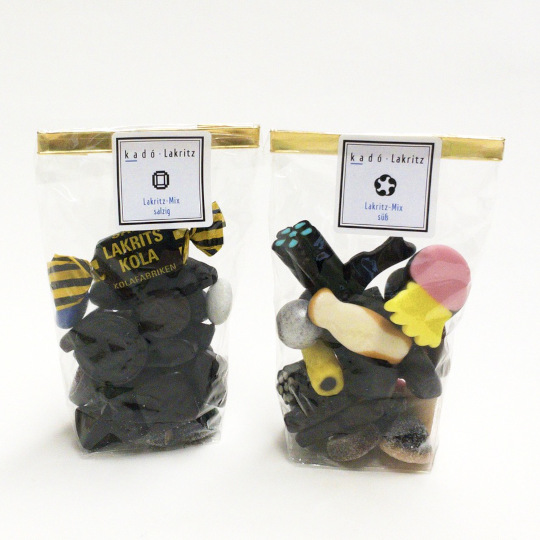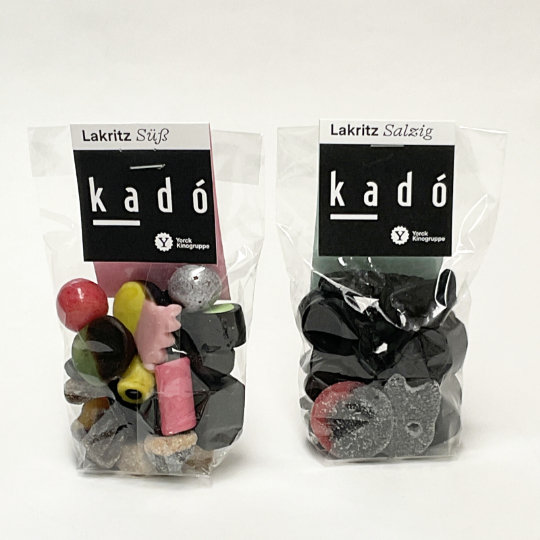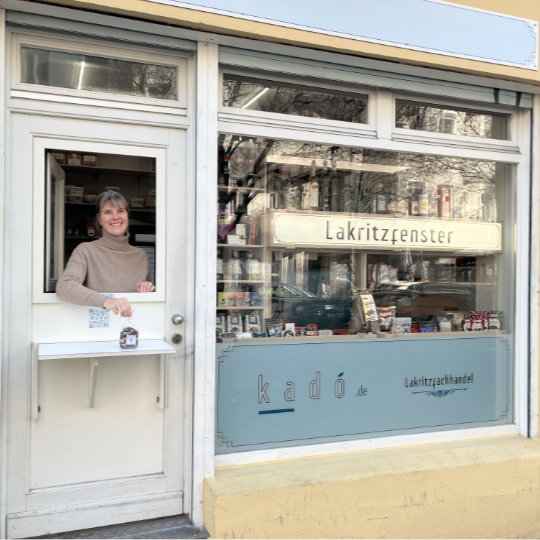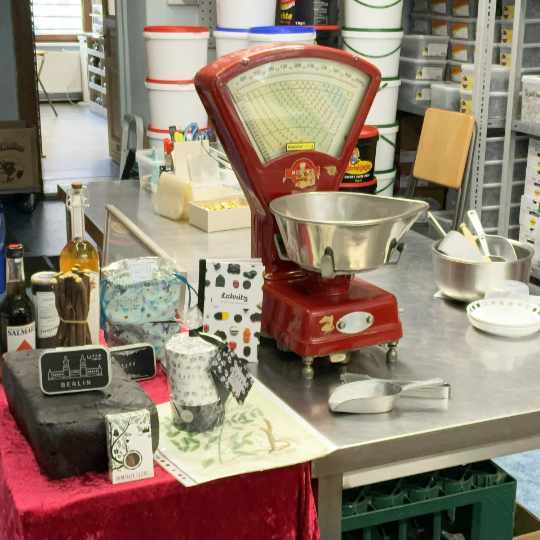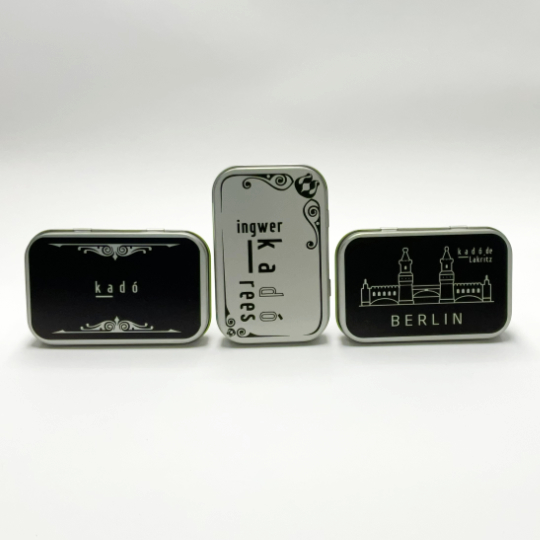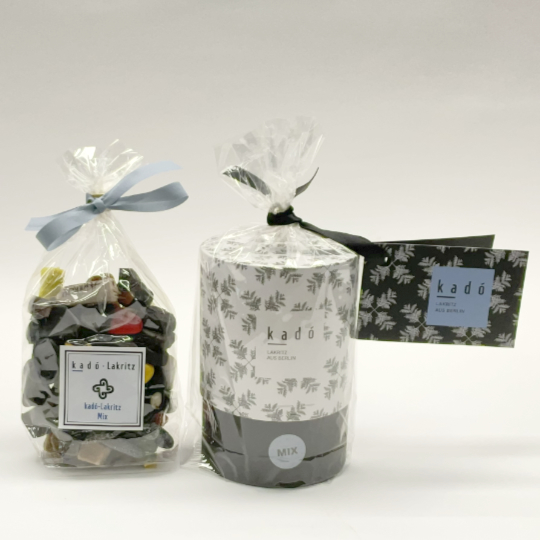Packaging at kadó
kadó is also concerned about more sustainable reusability. This is not so easy with food. Plastic packaging has become a problem because it is so durable but is only used once and then thrown away. Moreover, they would have to end up in the yellow bin in order to get back into the raw material cycle. kadó is registered in the packaging register with its sales and service packaging, because "throughout Europe, it applies to packaging that the manufacturer (as well as wholesalers and retailers) of a product also assumes product responsibility for the packaging in the sense of avoidance, reuse and recycling". That is the goal!
We pack our loose liquorice in clear cellulose bags. These Berlin cinemas with kadó liquorice at the counter also switched to plastic-free cellulose bags. Cellulose is easily recyclable. However, the bags are not as barrier-resistant as plastic, moisture can get in and out more easily. So: consume quickly, for example on a cinema visit. Or decant into a bonbonniere with a lid.
What is cellulose?
Cellulose is made from wood | wood residues, i.e. it is produced from renewable raw materials. The wood pulp (cellulose) is dissolved in caustic soda (NaOH) and carbon disulphide (CS2). This produces pure, transparent cellulose, which is mixed with glycerine. The cellulose bags can be composted in the home compost with the necessary time. For quick disposal in the city, please use -still- the yellow bin so that they enter the waste cycle in an environmentally friendly way.
Whether plastic or renewable raw material, both have their pros and cons. One thing is certain: the search for the best possible environmentally friendly packaging will accompany us in the future.

